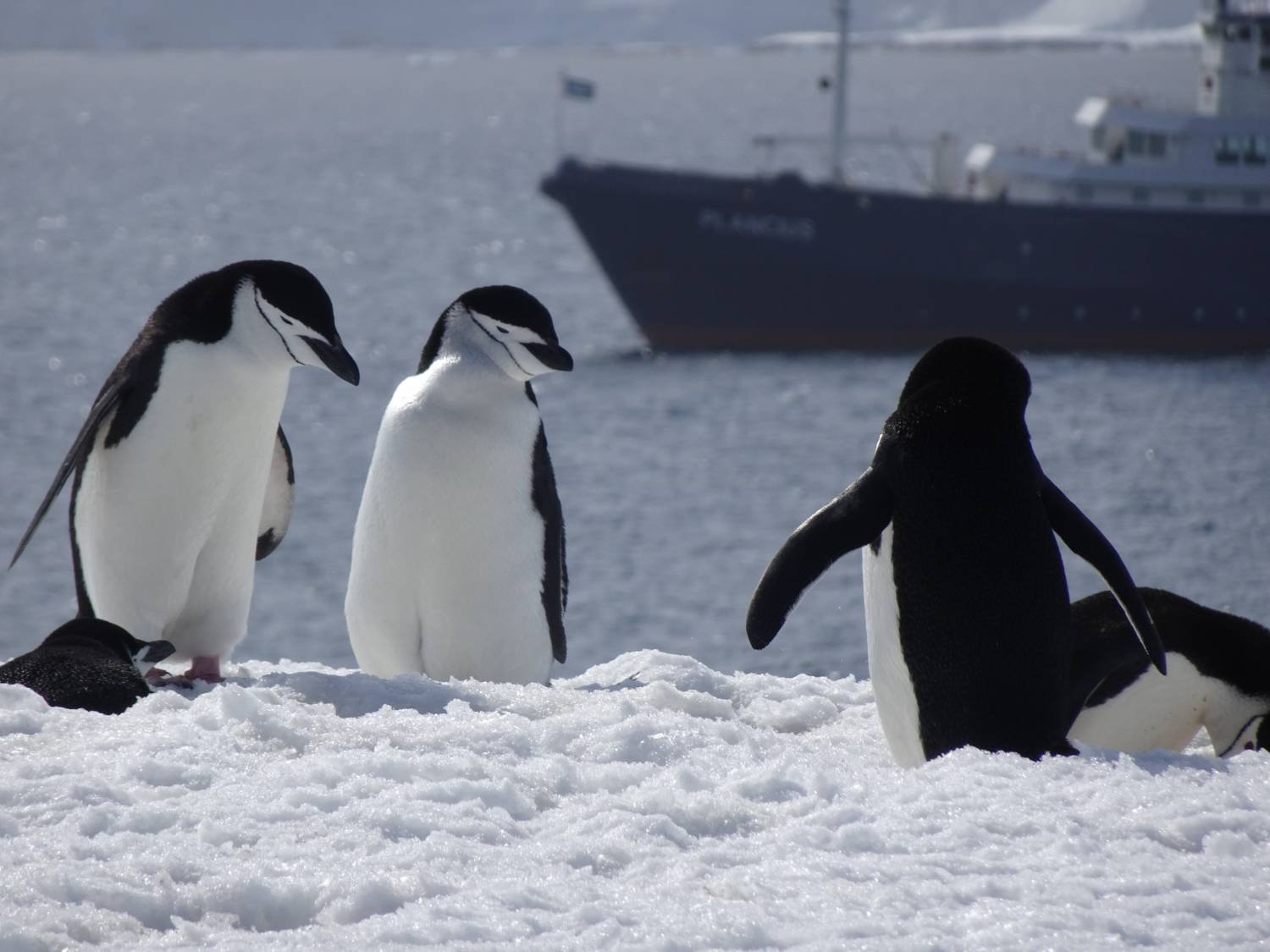In the dynamic and harsh environment of the Antarctic coastline, chinstrap penguins engage in an extraordinary behavior to balance their need for sleep and vigilance while incubating eggs. Researchers have uncovered that instead of indulging in prolonged sleep periods, these medium-sized penguins take thousands of brief naps each day, lasting only about four seconds each. This adaptation ensures they cumulatively meet their daily sleep requirement of approximately 11 hours, without compromising the safety of their nests from predators like the brown skua
This groundbreaking research, conducted on King George Island in December 2019, involved close observation of 14 chinstrap penguins in a colony of about 3,000 breeding pairs. Using electroencephalography to measure brain activity, along with video surveillance and other bio-logging devices like GPS monitors and accelerometers, scientists were able to track and analyze the penguins’ unique sleep patterns. They found that these birds engage in microsleeps – brief interruptions of wakefulness marked by eye closure and sleep-related brain activity – averaging around 10,000 to 15,000 times per day.
The chinstrap penguins’ ability to sleep while standing or lying down, in such fragmented yet effective bursts, is a remarkable adaptation in the animal kingdom. Unlike humans, where microsleeps can pose dangers such as while driving, these penguins seem to face no adverse effects from this fragmented sleep pattern. In fact, their ability to reproduce and forage efficiently suggests that their sleep needs are adequately met despite the high level of sleep disturbance.
Named for the distinctive black band under their chin, chinstrap penguins are among the most abundant in the Antarctic region. They typically partner with the same mate each breeding season, sharing responsibilities for their eggs and chicks. The female usually lays two eggs in a stone-made nest, with an incubation period of about 37 days. During this time, one parent consistently guards the nest from predators and intruding penguins, while the other ventures into the ocean for food.
The penguin colony, located near the coast, is a sensory-rich environment, filled with the sounds of penguin calls and the distinct smell of penguin feces. The landscape, although sometimes cold and windy with snowfall, maintains an average temperature around 1 degree Celsius (34 degrees Fahrenheit). This study not only highlights the resilience and adaptability of chinstrap penguins but also opens doors for further research into similar sleep strategies in other animal species.
READ MORE:
